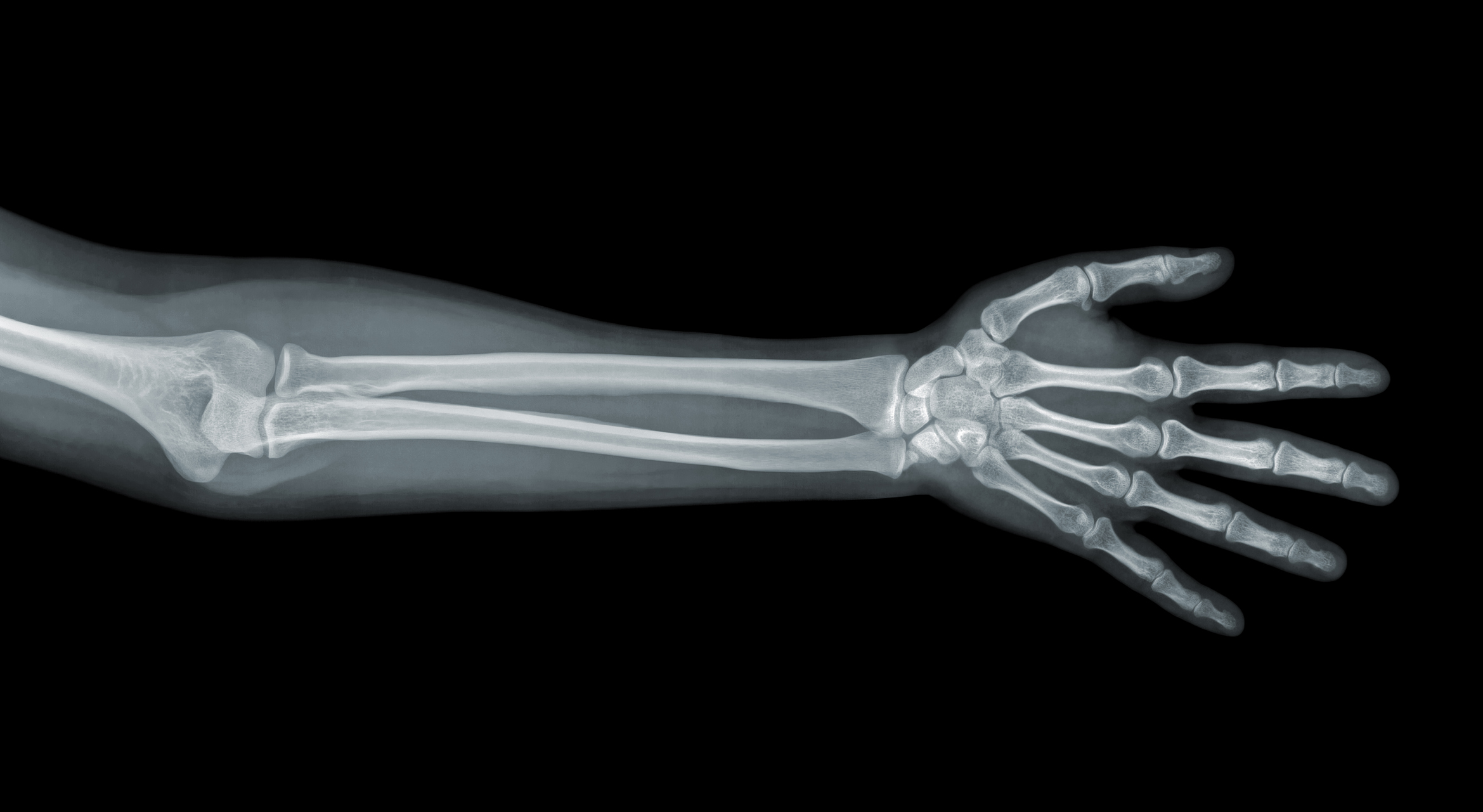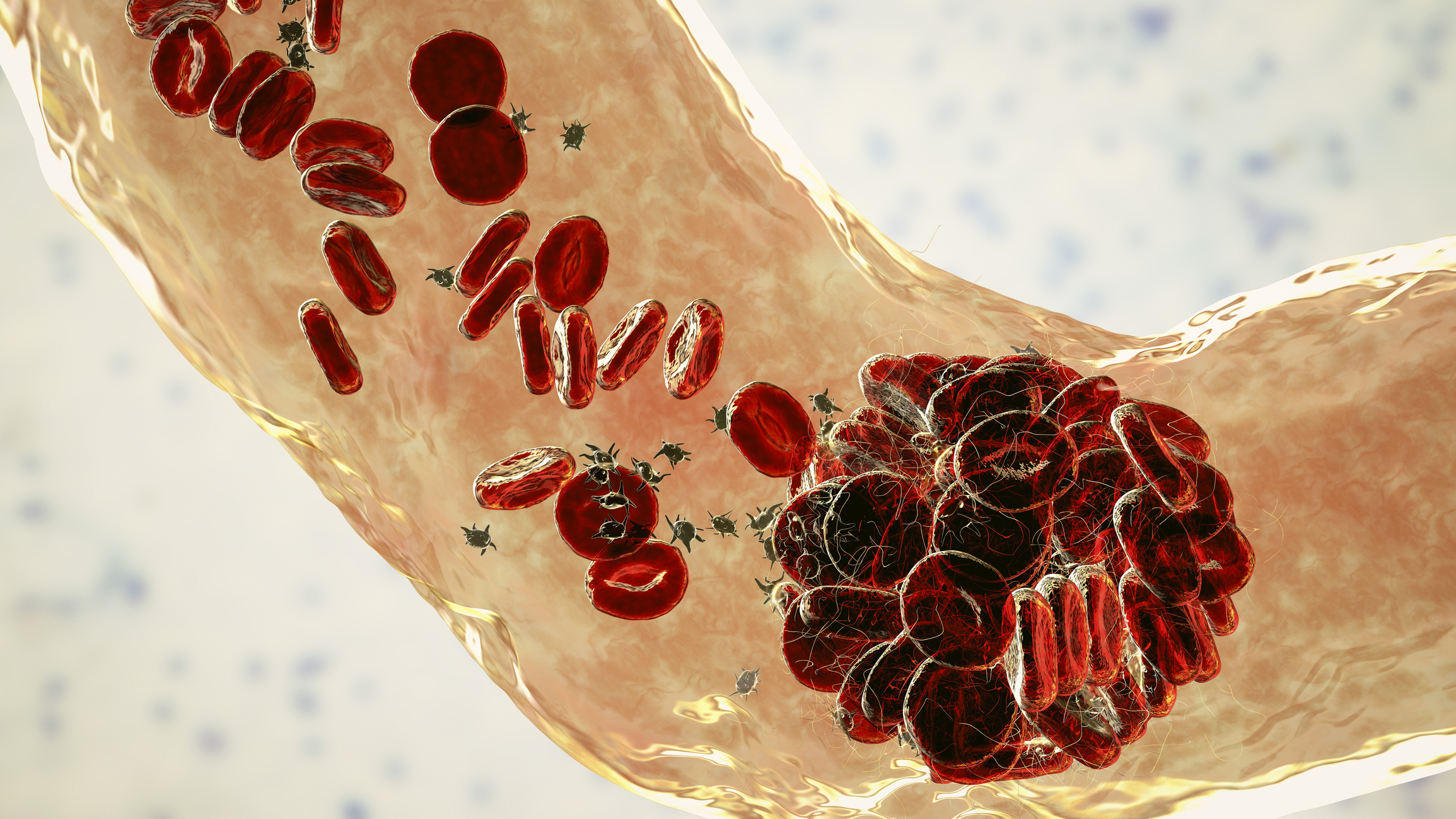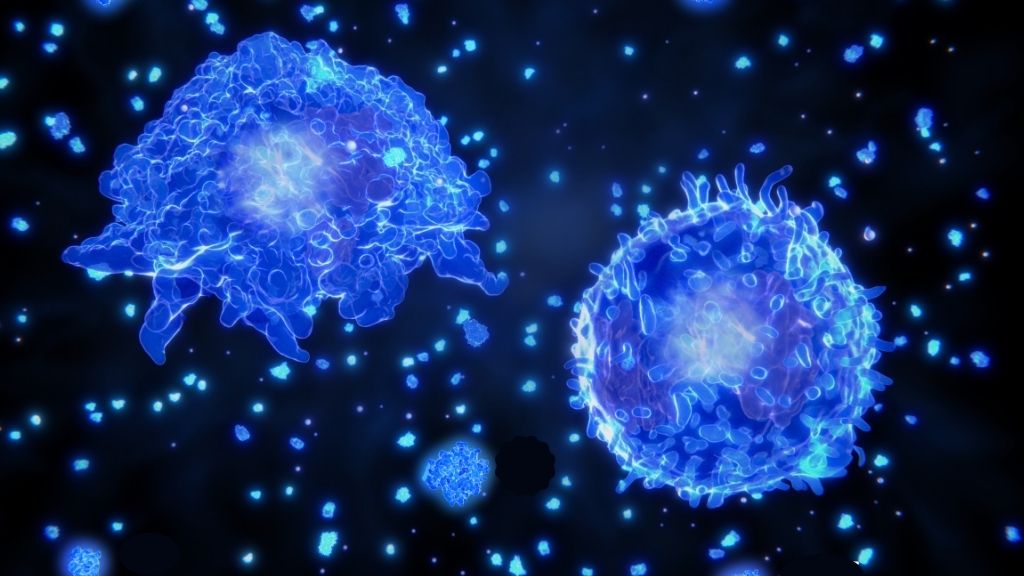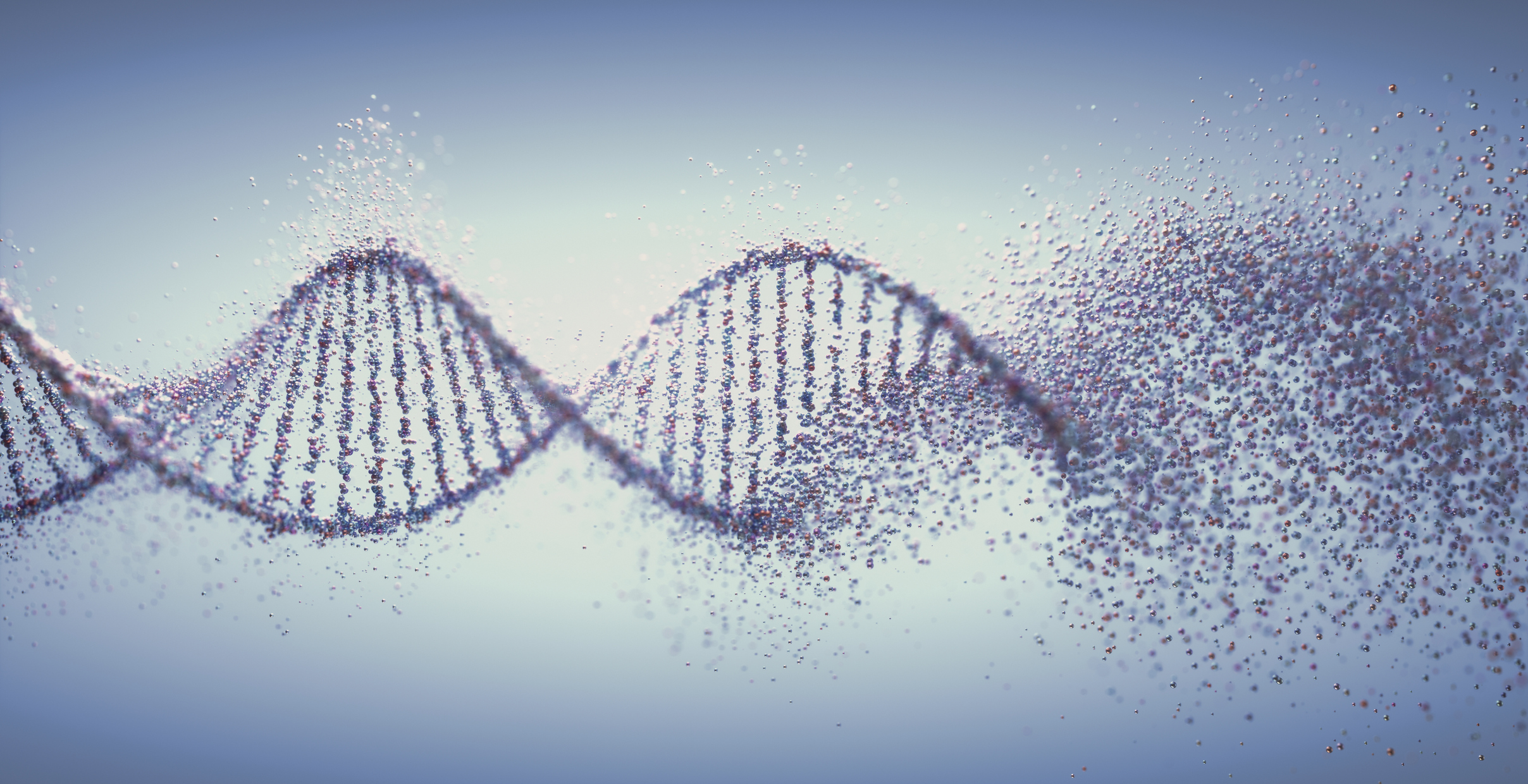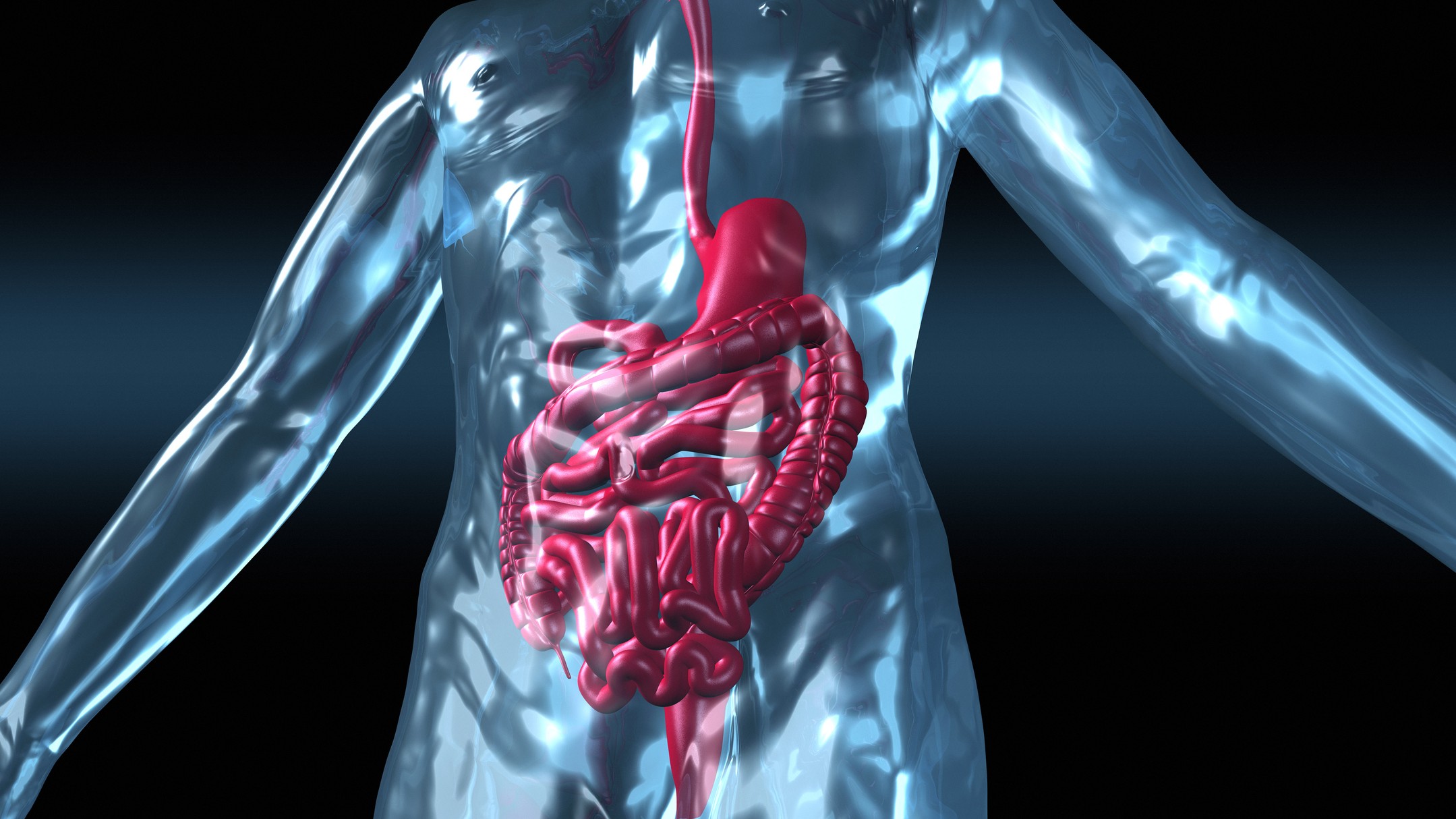How the body changes in space — usually, for the worse
From causing muscle loss to raising the risk of blood clots, long-haul space missions can have a profound impact on the human body.

Humans are hoping to colonize Mars in the near future, with NASA aiming to reach the Red Planet by 2040. But what will the long-haul space missions needed to get there do to the human body?
Our species evolved to thrive on the Earth, within its protective atmosphere and gravitational pull, not to survive in the unique cosmic environments beyond our planet. Some scientists have even suggested that visiting other planets may require humanity to tweak its DNA to boost our resilience against the dangers of spaceflight.
Many aspects of space exploration are detrimental to human health. One of the biggest obstacles to long-term spaceflight is microgravity, the state of near-complete weightlessness in which astronauts float and can push heavy objects through the air with ease. Another concern is cosmic radiation, or high-energy particles that zoom through space at nearly the speed of light. Not to mention the many risks that can stem from living in prolonged isolation and in the tight confines of a spacecraft.
Here are 11 ways the body changes in space — usually, for the worse.
Related: How can you experience weightlessness?
1. Aging stem cells
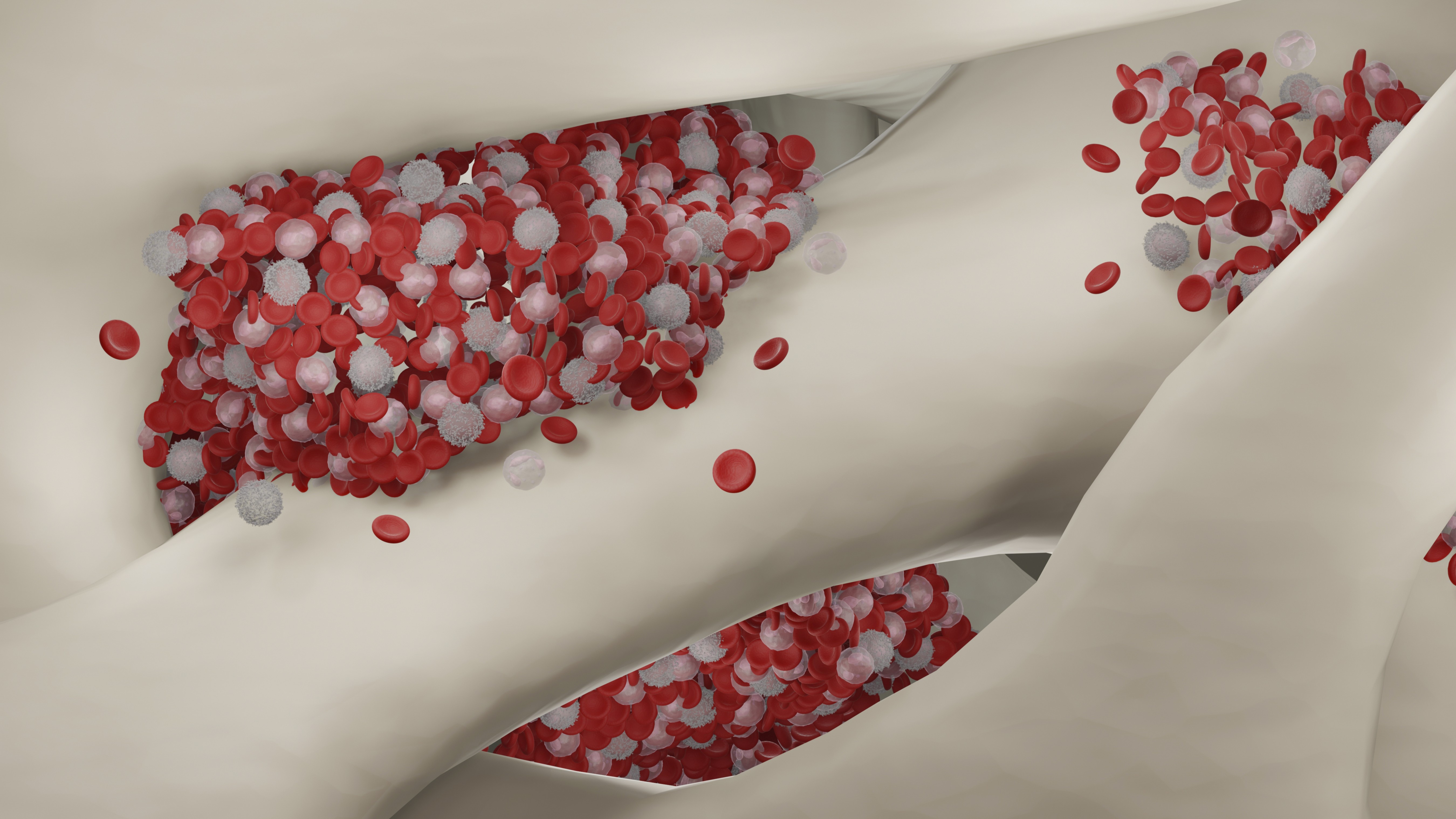
Human stem cells become more active and age much faster in space, research suggests. A 2025 study published in the journal Cell Stem Cell explored the effects of low Earth orbit on hematopoietic stem and progenitor cells (HSPCs), which give rise to different types of blood cells and to platelets, which form blood clots. By making immune cells called white blood cells, HSPCs help regulate the immune system and enable it to patrol the body for cancer.
On SpaceX resupply missions to the International Space Station, HSPCs cells aged at an accelerated rate compared with the same type of cells kept on Earth, according to the study. Researchers acquired the cells from the bone marrow of volunteers who were undergoing hip replacement procedures before growing the cells in a nanobioreactor, a type of vessel that can facilitate biological reactions. In space, the stem cells lost some of their ability to generate new cells and became more susceptible to DNA damage. The researchers also observed more activity in part of the "dark genome" — poorly understood regions of the genome linked to stress responses and aging.
Get the world’s most fascinating discoveries delivered straight to your inbox.
The research introduced yet another health concern for long-duration space travel, but it also came with a silver lining. Damage in the HSPCs began to reverse when they were placed in a young, healthy tissue environment, suggesting it may be possible to somehow rejuvenate the prematurely aged cells.
2. Muscle loss
Weight-bearing movement is essential to growing and maintaining muscles. In a weightless environment, muscles get too little stimulus and begin to rapidly weaken and deteriorate. Astronauts can lose up to 20% of their muscle mass while spending as little as five days in microgravity, according to NASA.
Muscle loss in space occurs primarily in body parts responsible for walking and posture support, such as lower limbs and the trunk. Studies suggest this phenomenon is a direct result of muscle cells making fewer proteins, rather than a degradation of existing muscle fibers, according to a 2021 review published in the journal npj Microgravity.
3. Bone loss
The human skeleton also relies on weight-bearing exercises to maintain its mass and density. Astronauts can suffer decades' worth of bone loss after spending six or more months in space, which makes them more prone to bone fractures and osteoporosis.
Interestingly, microgravity's effects on specific bones may depend on their location in the body. Bones in the lower limbs and the lumbar spine may lose up to 1% of mass per month a person spends in space, while the density of the skull bones can actually increase, according to a 2020 meta-analysis published in the journal npj Microgravity. In space, there is no force pulling the body and its internal fluids down towards the Earth, which in turn may affect the distribution of factors that control the formation of bone tissue, the meta-analysis authors noted.
As bone tissue rapidly degrades in space, it can releases a flood of minerals into the blood, elevating the risk of hypercalcemia (excessive levels of calcium), which in turn can cause kidney stones, according to a 1995 review published in the journal Acta Astronautica.
4. Vision problems
Eyes are undoubtedly some of the most delicate and complex organs in the human body, so it comes as no surprise that going into space can have a damaging effect on our eyes and sense of vision. For example, the nerves that extend from the back of the eye may change in microgravity and then warp upon being returned to Earth gravity.
Vision is also affected by several factors including Earth's gravity. Gravitational forces help keep the eyeballs in their correct positions and allow them to swivel in the eye sockets, according to a 2009 review published in the journal Annals of the New York Academy of Sciences. In microgravity, these eye movements may be disrupted, according to a 2006 study published in the journal Human Physiology. Researchers examined astronauts who took part in long-haul missions on the International Space Station, before and after their flights. They found that long periods in microgravity lead to a significant change in the accuracy and speed of eye rotations, which in turn may impair the astronauts' ability to visually track objects, the study authors wrote.
Prolonged exposure to microgravity can also lead to a degenerative condition called Spaceflight Associated Neuro-ocular Syndrome (SANS), the symptoms of which include flattening of the eyeball, white lesions on the eye's innermost layer known as "cotton wool spots," and other tissue damage to various parts of the eye.
5. Back pain
Astronauts often complain of back pain after returning home from long-haul space flights. The culprit driving this pain is microgravity and its profound effect on the human spine.
Earth's gravity keeps the spinal column compressed and in its typical, slightly curved shape. In microgravity, the spinal column elongates and somewhat straightens. In fact, astronauts can "grow" up to three inches (7.6 centimeters) in a weightless environment, according to NASA.
The human spine is flexible, so short space missions are unlikely to cause lasting damage. However, prolonged stints in microgravity may weaken muscles that support their vertebrae. In addition, weightlessness may lead to the degeneration of their intervertebral discs, the shock-absorbing cushions located in between vertebrae, according to a 2023 review published in the journal Frontiers in Physiology.
Intervertebral disc degeneration in space appears to be caused by water loss. Under normal gravity conditions, the spine is compressed, which causes the discs to expel water throughout the day. During sleep, in a horizontal position, the gravity load is lost and the discs can rehydrate. This turnover allows the disc to maintain optimal levels of hydration and thus preserve its structure and functionality. In microgravity, however, this daily fluctuation is lost, the review authors wrote.
6. Lower immunity
The cosmic radiation, microgravity and overall physical and mental stress involved in space travel can weaken astronauts' immune systems and thus make them more susceptible to infections and systemic diseases.
Prolonged exposure to microgravity can reduce the number and function of macrophages, a type of white blood cell that kills harmful microbes and regulates the action of other immune system cells, according to a 2021 review published in the journal npj Microgravity. Weightlessness has a profound impact on macrophage metabolism, growth and reproduction, as well as the modes of communication between macrophages and the rest of the body's immune system, the review authors wrote.
In addition, a 2023 study in Frontiers in Immunology suggests that the gene activity of leukocytes — immune cells that patrol the body and produce antibodies — decreases in astronauts aboard the International Space Station. The cells' gene activity returns to normal after about a month back on Earth.
Moreover, mounting evidence hints that a weightless environment may cause various species of microbes to cause more severe disease and become resistant to treatment, although this has mostly been shown in lab dish studies, according to a 2021 review published in the journal Life.
7. Increased risk of blood clots
Just like any other muscle, the heart relies on the continuous tug of Earth's gravity to stay strong and functional. Gravity pulls the blood in the body down towards the planet's center, forcing the heart to contract strongly enough to propel the blood upwards through the body. Microgravity takes this force, which may lead to astronauts' hearts becoming smaller over time.
But a shrinking heart is not the only potential effect of long-haul space missions on the human cardiovascular system: Evidence is growing that microgravity may also increase the risk of dangerous blood clots.
Studies suggest that this risk may arise because microgravity is linked to reduced blood flow across the whole body and increased presence of blood clotting factors. In addition, a weightless environment may cause dysfunction in the tissues lining blood vessels, which would theoretically contribute to the risk of blood clots during spaceflight, according to a 2021 review published in the journal Experimental Physiology.
8. Increased levels of inflammation
Long-haul space missions may increase the overall levels of inflammation in the body, according to the NASA Twins Study, and such elevated inflammation has been tied to conditions like heart disease and insulin resistance. Astronauts Scott and Mark Kelly are identical twin brothers. At one point, Scott was sent on a one-year space mission while Mark remained on Earth, and scientists seized this unique opportunity to compare how their bodies reacted to the vastly different environments.
Among many other tests, researchers compared the brothers' levels of cytokines, proteins in the blood that indicate inflammatory responses. They found that Scott's body was more prone to inflammation in microgravity than Mark's was on Earth. Moreover, one type of cytokine in Scott's blood remained elevated for almost six months upon returning home from space. The team also saw signs of atherosclerosis (artery narrowing due to plaque buildup) in Scott that did not appear in Mark and noted that this narrowing might have been linked to the observed inflammation.
9. DNA damage
Astronauts face an increased risk of DNA damage, mainly due to the exposure to cosmic radiation and microgravity, according to a 2017 review published in the journal npj Microgravity. The charged particles of cosmic rays can damage DNA strands directly or indirectly through the production of free radicals, a type of unstable molecule. Microgravity, on the other hand, can disrupt natural DNA repair processes, further increasing the risk of genetic mutations, the review authors wrote.
Unique conditions onboard a spaceflight, such as frequent contact with toxic chemicals (for example, dust particles covering the surface of celestial objects or certain components of a spacecraft) and lack of fresh air may also add to this harmful effect. As such, long-haul space missions may lead to an accumulation of genetic mutations, increasing the risk of cancer, cystic fibrosis, sickle cell anemia and other adverse health effects, the review authors noted.
10. Poor gut health
The human gastrointestinal tract is home to trillions of microbes that can influence people's digestive function, immune responses, metabolism and nerve signaling, among other bodily functions. The gut microbiome continuously changes in response to external factors, such as one's diet and psychological stress levels, and spaceflight may also affect gut health, according to a 2021 review published in the journal Life.
Astronauts tend to have a less diverse population of gut microbes compared to people on Earth, and often host a higher abundance of bacterial species that promote intestinal inflammation, such as Faecalibacterium and Parasutterella, according to the review. Scott of the NASA Twin Study also showed profound changes in his gut microbiome during spaceflight, but his gut returned to normal on Earth.
In addition, a 2023 mice study published in the journal Cell Reports has demonstrated that spaceflight-induced changes in gut microbiome may speed the rate of bone loss in microgravity. However, more research is needed to understand how and whether this mechanism works in humans.
11. Changes in the brain's structure and activity
Long-haul space missions may "rewire" the brains of astronauts. The driving force behind this effect is likely microgravity.
Weightlessness causes the cerebrospinal fluid — a watery substance that cushions and provides nutrients to the brain and spinal cord — to shift around. This in turn can alter the shape and weight of the brain's white and gray matter. Changes in the brain's structure and activity may still be present several months after astronauts land back on Earth. At the same time, scientists are unsure exactly how detrimental these alterations might be to human health.
In addition, long-haul space missions can change how different parts of the brain communicate with each other, according to a 2023 study published in the journal Communications Biology.
Researchers collected brain scans from 13 astronauts before spaceflight, shortly after they returned home, and then again eight months later, and they found that these connectivity changes may persist in astronauts long after they return to Earth. Some connectivity changes can be seen in motor areas of the brain, which control movement and likely change to adapt to the challenges of weightlessness.
Editor's note: This story was last updated on Sep. 12, 2025. The article was originally published on May 23, 2023.

Anna Gora is a health writer at Live Science, having previously worked across Coach, Fit&Well, T3, TechRadar and Tom's Guide. She is a certified personal trainer, nutritionist and health coach with nearly 10 years of professional experience. Anna holds a Bachelor's degree in Nutrition from the Warsaw University of Life Sciences, a Master’s degree in Nutrition, Physical Activity & Public Health from the University of Bristol, as well as various health coaching certificates. She is passionate about empowering people to live a healthy lifestyle and promoting the benefits of a plant-based diet.
- Patrick PesterTrending News Writer
You must confirm your public display name before commenting
Please logout and then login again, you will then be prompted to enter your display name.



